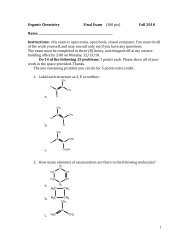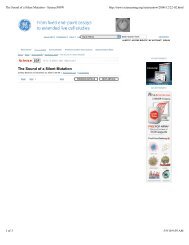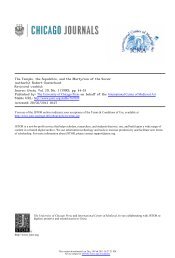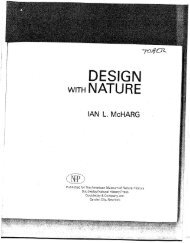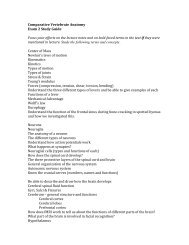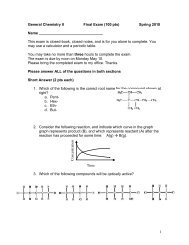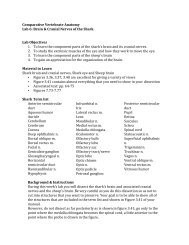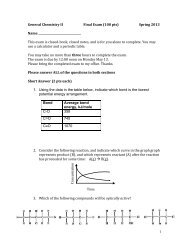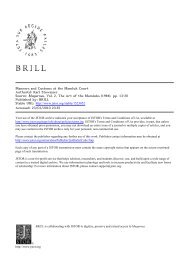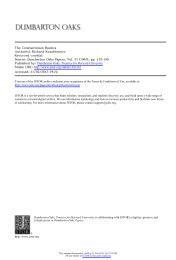1 Organic Chemistry II Exam II (150 pts) Spring 2013 ... - Courses
1 Organic Chemistry II Exam II (150 pts) Spring 2013 ... - Courses
1 Organic Chemistry II Exam II (150 pts) Spring 2013 ... - Courses
- No tags were found...
Create successful ePaper yourself
Turn your PDF publications into a flip-book with our unique Google optimized e-Paper software.
<strong>Organic</strong> <strong>Chemistry</strong> <strong>II</strong> <strong>Exam</strong> <strong>II</strong> (<strong>150</strong> <strong>pts</strong>) <strong>Spring</strong> <strong>2013</strong> Name__________________________ Instructions: this exam is open book, open note, but you may only consult with me if you have any questions about the exam. Show all of your work, including chemical structures when appropriate. Answer all of the following 1 questions - 15 <strong>pts</strong> each. Part 1. 1. Propose a structure for the compound (C8H8O) that gives the following IR spectrum: 2. Draw an epoxide and a Grignard reagent you could use to make 4-‐phenylbutanol, and show the reaction too, please. 1
3. Please give the structure of the compound with the following molecular formula: C8H8O3 a. IR data: i. 3500-‐2500cm -‐1 ii. 1710 cm -‐1 1H b. NMR data: 4.7 ppm (singlet, 2 H) 6.9-‐7.3 ppm (multiplet, 5 H) 11.3 ppm (singlet, 1 H) 4. The natural abundances of chlorine's two major isotopes are 35Cl (75.5%) and 37Cl (24.5%). If the mass spectrum of chlorobenzene contains a peak at m/z 114 with an abundance of 15.0%, calculate the % abundance of the peak at m/z 112. 2
5. Deduce a possible structure for the compounds with the following molecular formulas and IR absorptions. Provide a brief explanation for each response: C5H8O: 2950, 1750 cm-‐1 C4H8O: 2950, 2820, 2715, 1715 cm-‐1 C6H10: 3040, 2980, 1660 cm-‐1 6. Which of the following compounds has the lowest carbonyl stretching frequency, and why? 3
7. Which of the following compounds absorbs the longest wavelength of UV-visible light, and why? A) (E)-‐but-‐2-‐ene B) (Z)-‐but-‐2-‐ene C) hex-‐1-‐ene D) (Z)-‐1,3-‐hexadiene E) (E)-‐1,3,5-‐hexatriene Part 2. Read the article titled “A psychophysical test of the vibration theory of olfaction,” by Keller and Vosshall, Nature Neuroscience 2004 7(4):337-‐338. Answer the following questions (15 <strong>pts</strong> each). 1. In you own words, describe how Keller and Vosshall addressed, as they say, “A third prediction of Turin’s vibration theory…”. Include a brief description of this piece of their experimental design, as well as an explanation of what you feel is the most convincing aspect of their results for this part of the study. Refer specifically to one or more parts of Figure 2 in your response. 4
2. Given what you know about the process of science explain whether or not you think the Keller and Vosshall (2004) article is the end of Turin’s vibration theory of olfaction. Extra Credit – 1pt each 1. Name one country that borders Afghanistan. 2. Name one country that shares a border with Tunisia. 3. What is the name of the recently deceased former British Prime Minister nicknamed the “Iron Lady”? 5




